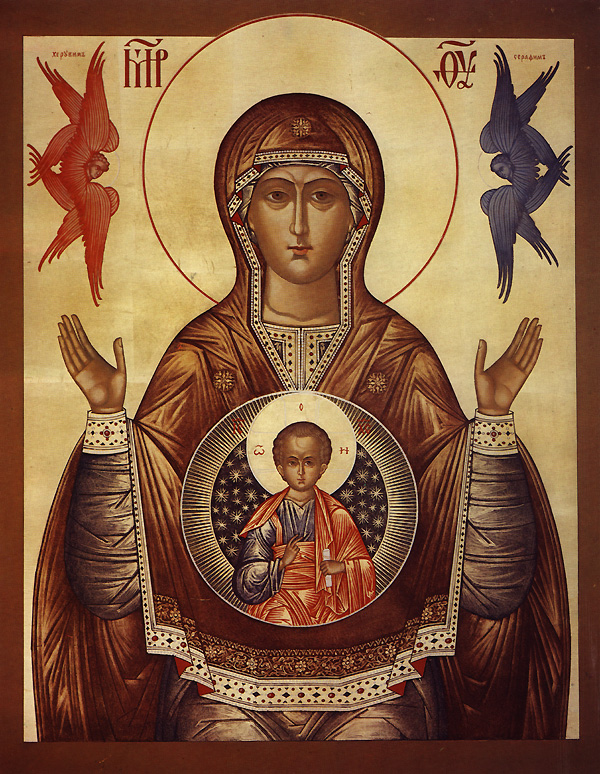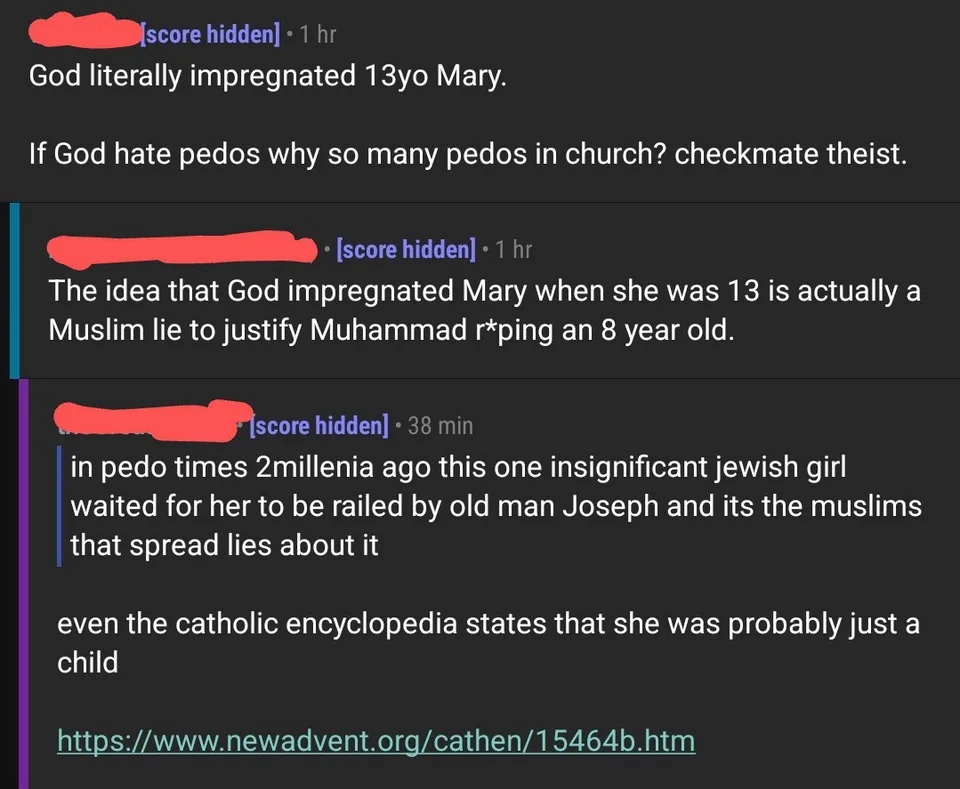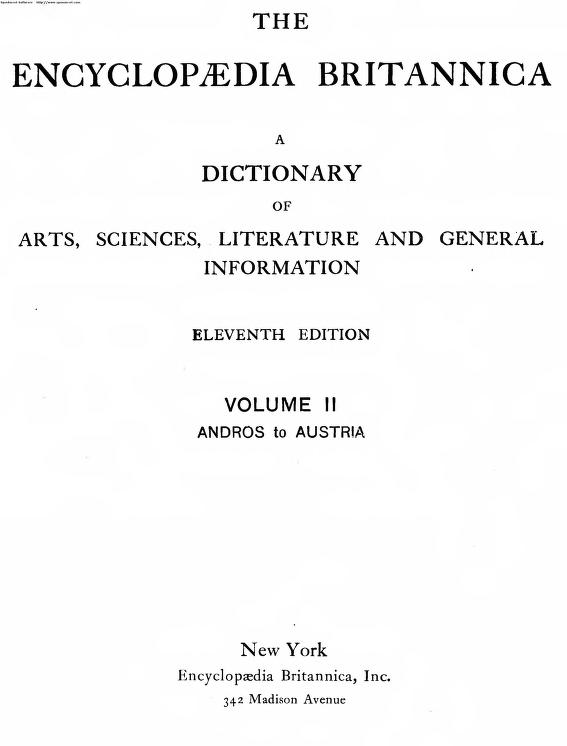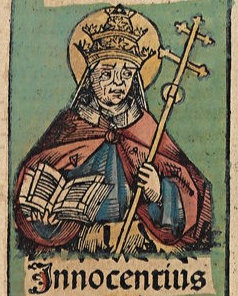
Introduction
Nowhere in the Bible are we ever told the age of the Blessed Virgin Mary when she was espoused by St. Joseph. Not once in the entirety of inspired scripture. If you do not believe me, go open your Bible and search through every mention of Mary. At no point is any indication given of how old she was.
Despite this, I have repeatedly heard many critics of Christianity assert that Mary was somewhere around 12 to 14 years old when she became pregnant with the Lord Jesus. I’ve often heard this claim from atheists or other secular critics accusing God of molesting a supposedly underaged girl, though I have sometimes heard this from Muslims trying to justify Muhammad’s relations with the actually underaged Aisha.
If the Bible says nothing on Mary’s age, then where does the idea that she was underaged come from?
Catholic Encyclopedia
More often than not, the people making this claim will cite passages from the Catholic Encyclopedia, an encyclopedia from the early 20th century. Said passages are:

The apocryphal writings to which we referred in the last paragraph state that Mary remained in the Temple after her presentation in order to be educated with other Jewish children. There she enjoyed ecstatic visions and daily visits of the holy angels.
Anthony Maas. “The Blessed Virgin Mary,” in The Catholic Encyclopedia, Vol. 15 (New York: Robert Appleton Company, 1912). Accessed via New Advent.
When she was fourteen, the high priest wished to send her home for marriage. Mary reminded him of her vow of virginity, and in his embarrassment the high priest consulted the Lord.
Underlining by me.
It will not be without interest to recall here, unreliable though they are, the lengthy stories concerning St. Joseph’s marriage contained in the apocryphal writings … A year after his wife’s death, as the priests announced through Judea that they wished to find in the tribe of Juda a respectable man to espouse Mary, then twelve to fourteen years of age.
Charles Souvay. “St. Joseph,” in The Catholic Encyclopedia, Vol. 8 (New York: Robert Appleton Company, 1910). Accessed via New Advent.
Underlining by me.
If you looked carefully at the above Catholic Encyclopedia passages, you would notice that they both mention that this story of Mary’s age comes from the “apocryphal writings.” This means that they are citing books that are not accepted as part of the Bible, and are considered unreliable by the writers.
Let’s see what those same articles say about the “apocryphal writings” they discuss:

Though few commentators adhere to this view of St. Luke’s genealogy, the name of Mary’s father, Heli, agrees with the name given to Our Lady’s father in a tradition founded upon the report of the Protoevangelium of James, an apocryphal Gospel which dates from the end of the second century.
Maas, “The Blessed Virgin Mary,” accessed via New Advent.
Underlining by me.
The chief sources of information on the life of St. Joseph are the first chapters of our first and third Gospels; they are practically also the only reliable sources, for, whilst, on the holy patriarch’s life, as on many other points connected with the Saviour’s history which are left untouched by the canonical writings, the apocryphal literature is full of details, the non-admittance of these works into the Canon of the Sacred Books casts a strong suspicion upon their contents; and, even granted that some of the facts recorded by them may be founded on trustworthy traditions, it is in most instances next to impossible to discern and sift these particles of true history from the fancies with which they are associated.
Souvay, “St. Joseph,” accessed via New Advent.
Underlining by me.
So in other words, the sources cited by people making this allegation themselves say that the only evidence of Mary being underaged is unreliable evidence to go on.
Apocryphal books
However, the people saying that Mary was underaged won’t give up there.
For example, the Muslim apologetics website “Discover the Truth” published an article trying to defend the assertion of Mary’s age. To do so, they tried to play word-games with the word “apocrypha”:
If you ask any Christian what the word ‘Apocrypha’ means, they would say something along the lines, “it means it is not authentic or spurious.” In other words it is fake. This is a recent meaning. Originally ‘Apocrypha’ meant “secret” or “hidden”, this was the ancient meaning.
Kaleef K. Karim. “Marriage of Mary To Joseph the Carpenter!,” Discover the Truth (30 Sept. 2013).
This is technically true, but it’s leaving a lot of important information out of the picture. What they’re leaving out is why and how the meaning of “apocrypha” shifted from “secret” to “spurious.” The 1911 edition of the Encyclopedia Britannica has an explanation as to why:

Turning now to the consideration of the word “apocryphal” itself, we find that in its earliest use it was applied in a laudatory sense to writings, (1) which were kept secret because they were the vehicles of esoteric knowledge which was too profound or too sacred to be imparted to any save the initiated (…)
Robert Henry Charles. “Apocryphal Literature,” in Encyclopædia Britannica, 11th ed., Vol. 2 (Cambridge University Press, 1911). Accessed via Wikisource.
The disciples of the Gnostic Prodicus boasted (Clem. Alex. Strom. i. 15. 69) that they possessed the secret (ἀποκρύφους) books of Zoroaster (…)
The word enjoyed high consideration among the Gnostics (…)
(2) But the word was applied to writings that were kept from public circulation not because of their transcendent, but of, their secondary or questionable value. Thus Origen distinguishes between writings which were read by the churches and apocryphal writings … Thus the meaning of ἀπόκρυφος is here practically equivalent to “excluded from the public use of the church,” and prepares the way for the third and unfavourable sense of this word. (3) The word came finally to mean what is false, spurious, bad, heretical.
Or, in summary:
1) The term “apocrypha” was originally used by the Gnostics to refer to their own texts.
2) Writers used “apocrypha” in contrast with canon, to contrast Gnostic beliefs with Christian orthodoxy.
3) Eventually, the word “apocrypha” came to mean heretical writings due to it’s association with heretics.
Therefore, the apocraphal books are likely not going to be the most helpful in figuring out how old Mary actually was. But we may as well look into what these books have to say, anyways, for the sake of argument.
Specific apocryphal books
Karim, in the same article as the one quoted above, cited two particular ancient apocryphal books that mentioned Mary’s age: the Protoevangelium of James (also called the Infancy Gospel of James) and the History of Joseph the Carpenter. To Karim’s credit, these sources do actually make claims about Mary’s age. I’ll supply the relevant quotes from each book.
This is from the Protoevangelium of James, which discusses Mary shortly before she became betrothed to Joseph:
Mary was in the temple of the Lord as if she were a dove that dwelt there, and she received food from the hand of an angel. And when she was twelve years old there was held a council of the priests, saying: Behold, Mary has reached the age of twelve years in the temple of the Lord.
Protoevangelium of James, §8 (ANF 8:363).
Meanwhile, this is from the History of Joseph the Carpenter, which (in context) is describing the events leading up to Mary’s betrothal to Joseph:
Now when righteous Joseph became a widower, my mother Mary, blessed, holy, and pure, was already twelve years old. For her parents offered her in the temple when she was three years of age, and she remained in the temple of the Lord nine years. Then when the priests saw that the virgin, holy and God-fearing, was growing up, they spoke to each other, saying: Let us search out a man, righteous and pious, to whom Mary may be entrusted until the time of her marriage; lest, if she remain in the temple, it happen to her as is wont to happen to women, and lest on that account we sin, and God be angry with us.
The History of Joseph the Carpenter, §3 (ANF 8:388-389).
Now, having given those quotes from the texts, we must ask: how early in history were these books written? I was able to find the words of some biblical scholars on the topic:

- Protoevangelium of James: “Most scholars now date PJ, or at least the bulk of the first draft of PJ, to the second half of the second century,” says scholar J. K. Elliott.1 Meanwhile, the famous agnostic atheist scholar Bart Ehrman says it “must have been in curculation soon after 150 CE.”2
- History of Joseph the Carpenter: This text is even later, as “a fourth-fifth century date for its composition” is considered an “early date” by Elliott.3 Likewise, Ehrman and his peer Zlatko Plese say it was “most likely composed in Byzantine Egypt in the late sixth or early seventh century.”4
So in other words, the Protoevangelium of James was written around 100 years after the New Testament was completed. The History of Joseph the Carpenter was written even later than that in the late 6th century — that’s over 200 years after the time of the Christian Roman emperor St. Constantine! So, by all accounts, these books were written at least a generation after anyone would have known Jesus or his family personally. Elliott went so far as to say that “[the] historical value of the stories in PJ is insignificant.”5
With all of this said, how did the early church recieve these books? The History of Joseph the Carpenter did not appear to have gotten much attention by early Christians, which is unsurprising given how late it was written.
The Protoevangelium of James, on the other hand, was quite popular and widely-read in among ancient Christians. In fact, it was considered to be an influential book that led to the development of Mariology in the later church.6
However, while it was popular, it wasn’t accepted as canonical. In fact, St. Innocent I, Bishop of Rome, had outright condemned the book in the year 405 AD:

Caetera autem, quae vel sub nomine Matthiae sive Jacobi minoris, vel sub nomine Petri et Joannis, quae a quodam Leucio scripta sunt [vel sub nomine Andreae, quae a Nexocharide et Leonida philosophis], vel sub nomine Thomae, et si qua sunt alia, non solum repudianda, verum etiam noveris esse damnanda.
Innocent I. Epistle VI, Ch. 7, §13 (PL 20:502).
(English trans.: But the rest, which is either under the name of Matthias or James, or under the name of Peter and John, which is written by Leucio [or under the name of Andrew, which is a Nexocharide and Leonid philosophers], or under the name of Thomas, and if there are other things, not only to be rejected, but also to be condemned.)
English translation done by myself using Lingvanex; since I know online translators are generally unreliable, I provided the original Latin text so that readers can cross-reference.
So if the saints of the ancient church didn’t trust these sources, and if present-day secular biblical scholars don’t trust them either, then why should they be trusted?
Conclusion
There is simply no real evidence to believe that Mary was 14 years old or younger when she became pregnant. The Bible says nothing about her age. The only ancient sources that would suggest that she was so young are trusted by neither secular academia nor the ancient church; and their mistrust is understandable given the late dates said books were written in. The people who argue that Mary was 14 or younger do so by misrepresenting what encyclopedias have to say, with their arguments being refuted by the same sources they cite.
Footnotes
- J.K. Elliott, The Apocryphal New Testament: A Collection of Apocryphal Christian Literature in an English Translation (New York: Oxford University Press, 1993), p. 49. ↩︎
- Bart Ehrman, Lost Scriptures: Books that Did Not Make It into the New Testament (New York: Oxford University Press, 2003), p. 63. ↩︎
- Elliott, The Apocryphal New Testament, p. 111. ↩︎
- Bart Ehrman & Zlatko Plese, The Apocryphal Gospels: Texts and Translations (New York: Oxford University Press, 2011), p. 158. ↩︎
- Elliott, The Apocryphal New Testament, p. 51. ↩︎
- Elliott, The Apocryphal New Testament, p. 48; Ehrman, Lost Scriptures, p. 63. ↩︎